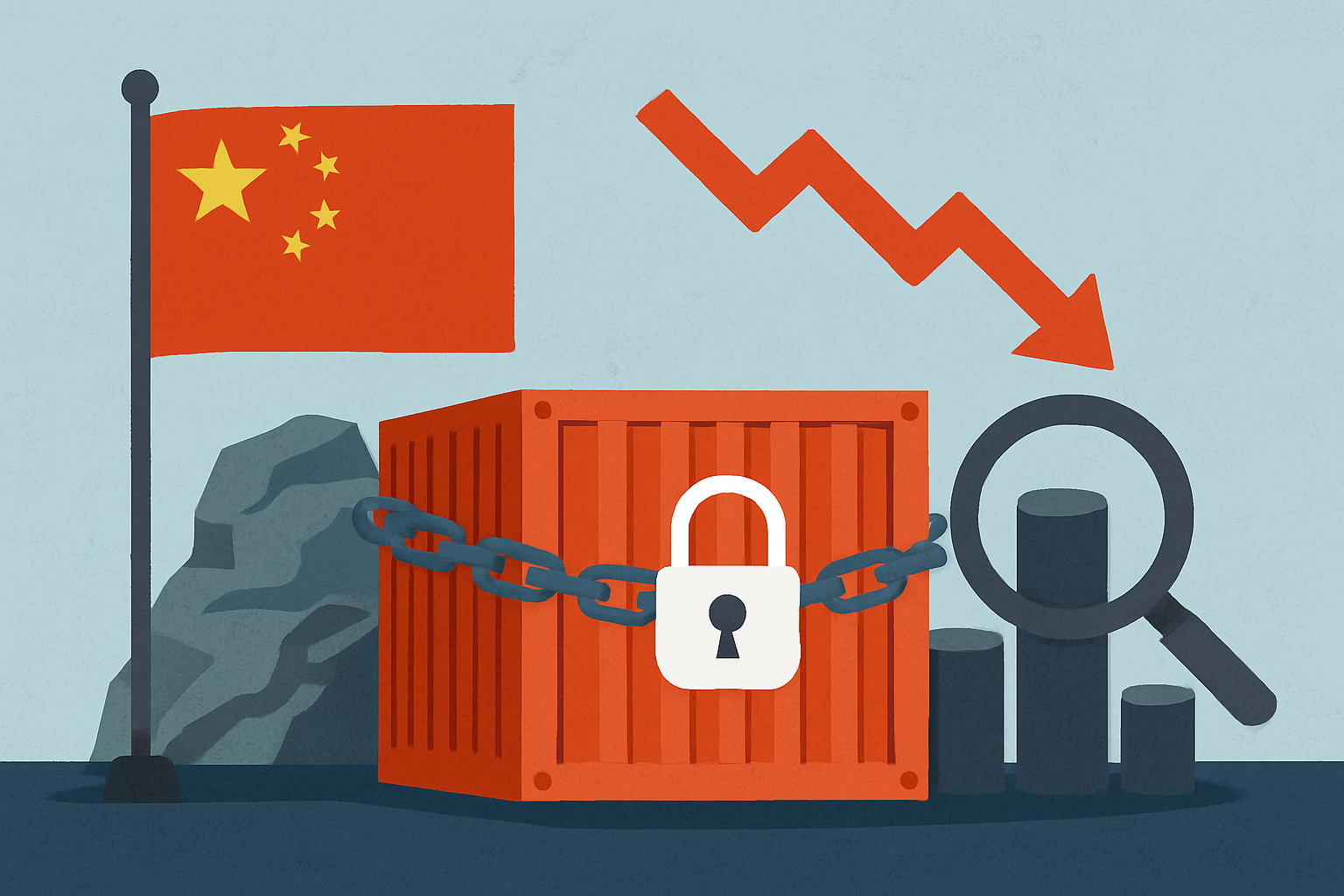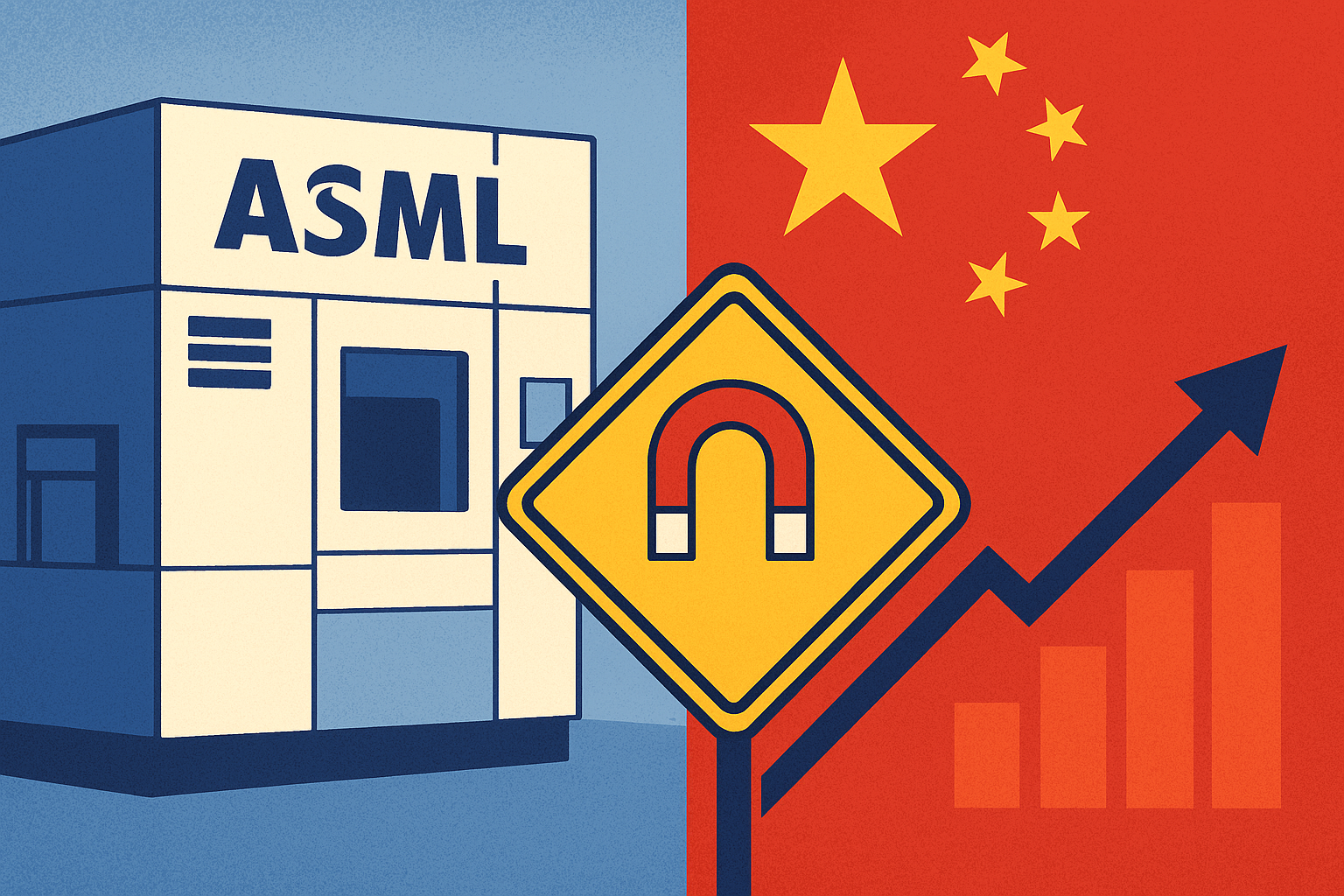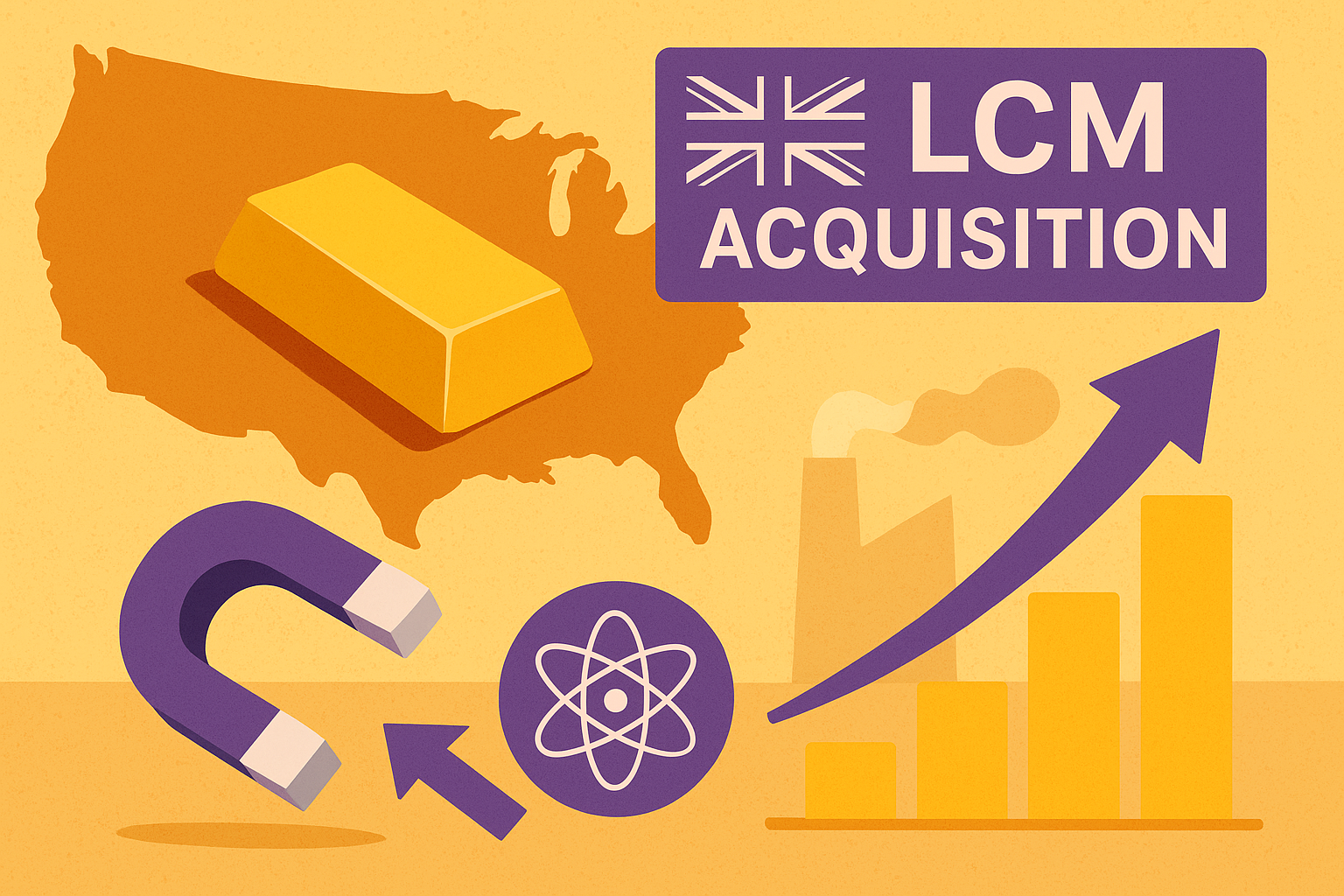The global rare earth supply chain—long dominated by China—is facing a potential disruption that could reshape critical industries from clean energy to defense. U.S.-based Niron Magnetics is pioneering a magnet technology that could eliminate reliance on rare earth elements altogether, a development with sweeping implications for both investors and geopolitics.
Niron’s breakthrough relies on iron nitride magnets that the company claims are not only cheaper to produce but also 18% stronger than conventional rare earth-based magnets. According to the Financial Times, the start-up has raised $150 million in fresh capital and secured backing from the U.S. government. With commercial rollout targeted for 2027, Niron aims to capture up to 3% of the U.S. magnet market, a sector traditionally dominated by Chinese suppliers.
Why This Matters for Investors
Rare earth elements, such as neodymium and dysprosium, are essential in the production of high-performance magnets used in electric vehicles, wind turbines, and military hardware. The global rare earth market has been valued at over $9 billion annually, with demand expected to surge alongside the transition to clean energy and electrification. Any breakthrough that reduces or substitutes the need for rare earths could have a significant impact on both upstream miners and downstream technology firms.
For investors, Niron’s development represents a potential paradigm shift. If the company succeeds, demand for traditional rare earth producers could weaken, putting pressure on valuations of mining firms in China, Australia, and North America. At the same time, industrial users such as Tesla, General Electric, and defense contractors may see cost savings and supply security benefits.
Supply Chain and Geopolitical Context
China currently controls nearly 60% of global rare earth production and more than 85% of processing capacity, according to data from the International Energy Agency (IEA). This concentration has raised persistent concerns in Washington and Brussels about supply chain vulnerability. In recent years, Beijing has restricted rare earth exports to assert geopolitical leverage, underscoring the strategic importance of alternative technologies.
The U.S. government’s support of Niron Magnetics aligns with broader policy initiatives to reduce dependence on China. Legislation such as the Inflation Reduction Act (IRA) and Department of Defense contracts for critical mineral projects highlight how national security and industrial policy are increasingly intertwined with materials science innovation.
Future Trends to Watch
1. Commercial Viability: Scaling production of iron nitride magnets will require proof that they can perform reliably in demanding applications like EV drivetrains and wind turbines. Investors should monitor pilot programs and early customer adoption closely.
2. Intellectual Property and Partnerships: Niron’s long-term value depends heavily on its ability to protect its intellectual property and secure industrial partnerships. Strategic alliances with automakers or turbine manufacturers would accelerate adoption and validate the technology.
3. Impact on Rare Earth Producers: Should substitution technology gain traction, prices of key rare earths like neodymium may come under pressure. This could challenge the growth trajectories of mining companies and exploration-stage developers reliant on bullish demand forecasts.
4. Government and Military Interest: With defense applications highly dependent on permanent magnets, the U.S. Department of Defense could become a major backer and customer. Any formal agreements would add credibility and financial stability to Niron’s growth path.
Key Investment Insight
Niron Magnetics’ innovation underscores the growing intersection of materials science, national security, and industrial strategy. For investors, this presents both risk and opportunity. Traditional rare earth miners could face downward pricing pressure, while companies that integrate or partner with rare earth-free technologies stand to gain. Balanced exposure—considering both traditional producers and disruptive innovators—may provide the most effective strategy in this shifting landscape.
The race to secure future supply chains is intensifying, and the outcome could redefine the balance of power in global commodities. Stay updated with explorationstocks.com for daily insights into the metals and minerals shaping tomorrow’s markets.






